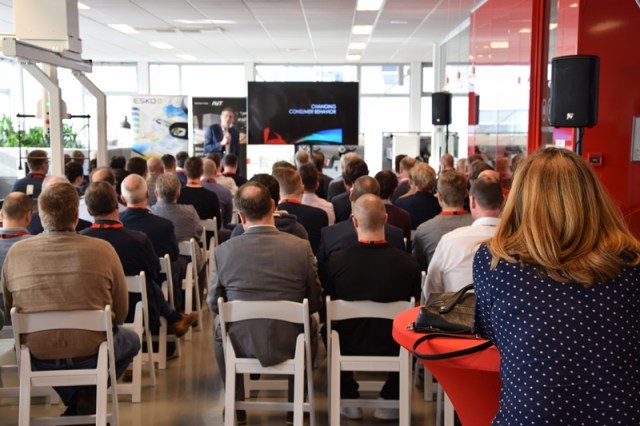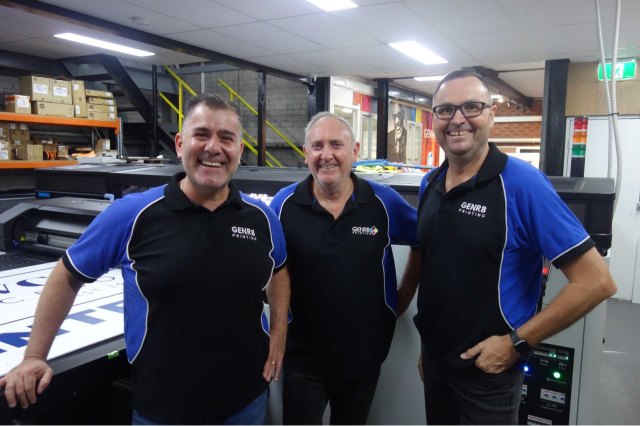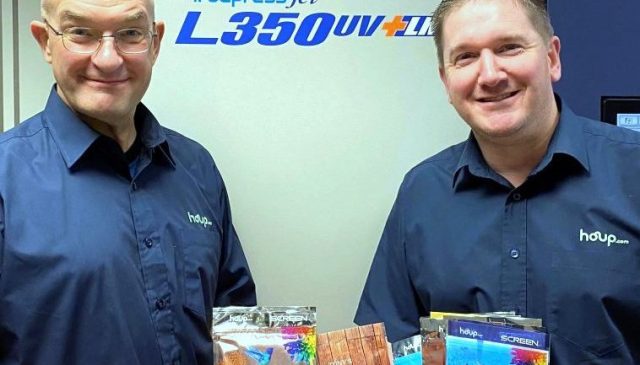
by Rassegna Grafica editor in chief Chiara Bezzi
The label printing sector has always been a dynamic market. Brand owners are looking for increasingly innovative labels to differentiate themselves and convey current and targeted messages to consumers. The current trends are leading suppliers and converters towards solutions that focus on sustainability and innovation. In the last years label converters felt the need for automation at various product life cycle stages.
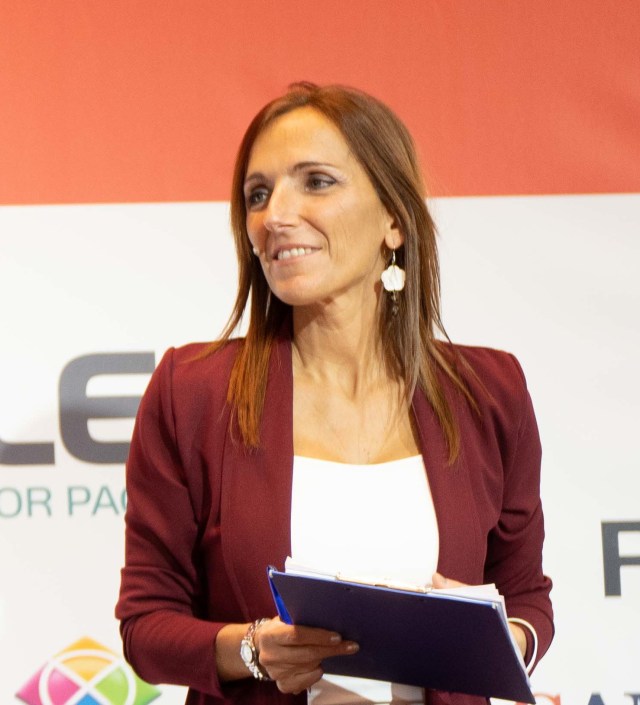
A printed label is the visiting card of a product, the primary step in communication between the brand owner and the consumer. On the shelf, the label contributes to the buyer’s perception on a product. Looking at a product label, the customer can be caught by graphic design, colours or embellishment, and certainly the label has an impact on his purchase choice.
But how do papers and embellishments influence the perception of a product? What elements of a label can visually express and summarise its essence? We know that for the same price and brand, it is the label that is most liked and able to create positive expectations about the product that is chosen. To explore the role of this communicative tool in wine purchasing, UPM Raflatac, leader in sustainable labelling, commissioned a neuromarketing research from research and consulting firm SenseCatch, in partnership with Argea, the largest Italian wine group, Kurz, world’s leading manufacturer of hot stamping and cold stamping technology, and Krämer Druck, one of Germany’s leading printers in the sector of wine labels.
The study was conducted in Germany, an attractive market for wine exporters. A group of German consumers was shown 32 labels on the shelf, with the same design but different from each other in terms of paper type and refinishing. The entire customer journey was reconstructed, from shelf observation and wine choice to product tasting. After choice, participants could observe, touch, and evaluate the bottles one at a time. Throughout the entire decision-making process, from the shelf choice of the bottle to the moment of tasting, consumers’ experience was analyzed using neuromarketing methodology.
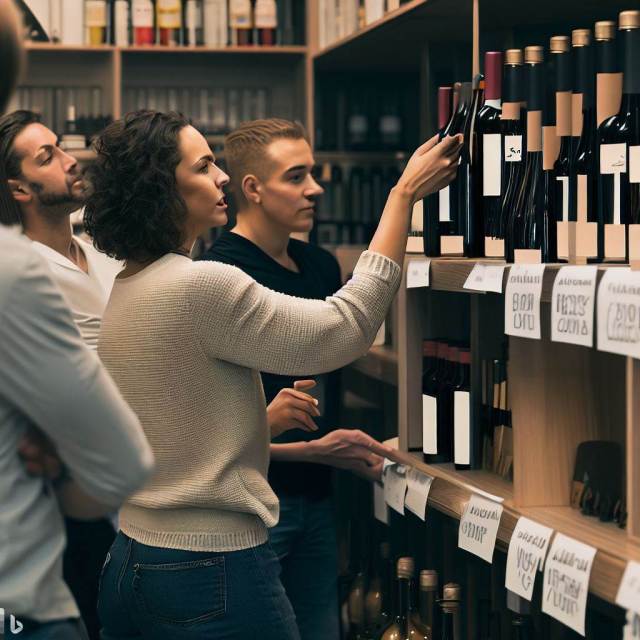
In the first “moment of truth,” in front of the shelf, the results showed that during the choice in the first five seconds of observation, the bottles that attracted consumers’ attention the most were those characterized by visual, color, or material juxtaposition contrast, such as those with dark paper and shiny, metallic ennoblement. On the other hand, the most observed labels were those characterised by light-coloured paper with gold or bronze ennoblements. In addition, consumers’ attention focused on bottles labelled with rough and textured papers, with obvious texture to the eye and embossed embellishments with a glossy effect.
During the second “moment of truth,” which is when the consumer physically interacted with the bottles, labels with textured papers and embellishments of the same color actually enhanced the embellishments themselves and were considered interesting and mysterious. The study found they stimulated the “tactile imagination” that anticipates the interaction experience.
The thicker, embossed paper and the embossing made the lettering more visible and enhanced the design, changing the perception from an empty and unattractive label – in the case of an embellishment of the same colour as the paper, devoid of embossing – to a label that was instead curated and intriguing, enhancing expectations about the product. In this case, consumers imagined a higher quality wine, a premium product.
Finally, the results showed that the combination of paper and embellishing influences expectations and has a positive effect on the perceived liking and taste of the wine. The same wine served from the bottle with the most appreciated label obtained a higher rating than when it was served from the bottle with the least appreciated label.
The effect also occurred at a subconscious level; in fact, the emotional involvement measured through psychophysiological parameters was higher (+13 per cent) when tasting the wine served from the bottle with the preferred label. In addition to influencing the likeability of the wine, the label also influenced perceived taste.
Market trends in label printing
According to Mordor Intelligence, the print label market is expected to grow at a CAGR of 4.2 per cent over the forecast period 2023 – 2027. Different factors are driving the growth during the forecast period, such as an increasing demand for more attractive brands from print label customers, and a rising demand for manufactured goods. The growth of the e-commerce industry is another significant factor that is expected to fuel the adoption of printed labels over the forecast period. Challenges that the sector is facing are evident: a reduction in average job lengths and life cycles for mass-produced products, and an increase in the regulatory content on the label. In the last years digital printing has been entered in this sector. This technology enhanced the possibilities to provide new applications in label design, meeting a growing market demand.
Today printing technology suppliers are developing hybrid solutions, at drupa 2024 new developments in hybrid presses will be shown. In the last years label converters felt the need for automation at various product life cycle stages. Because of less labour available for the industrial sector, human intervention becomes the bottle neck in the production chain. Automation and interconnectivity turn from a cost saving topic into a necessity for the industrial survival. In the area of workflow, the trend will be toward a cloud-based ecosystem. Today automation and digitalisation in the printing processes are a must have. Automation means integration of the systems into the factory production processes that allows remote service, real-time machine monitoring and reporting production data. Among the advantages of automation there are waste reduction, fast set-up, automated colour management, and reduced manual interventions. Other possible steps in advancing technology will happen through the application of artificial intelligence and machine learning. For example, AI tools and programs make the design procedure autonomous; at the same time those tools can help by enabling identification of defective products so they can be easily removed from the final product.
Sustainability factor
The biggest challenge facing brand owners is meeting the changing landscape regarding the packaging sustainability, and in particular embracing the complexity of emerging directives if operating across different countries and regions. Just thinking about the recent updates of the Packaging & Packaging Waste Regulation in Europe that has brought new challenges which will clearly need to be addressed in the coming years. The introduction of design for recycling requirements will draw attention on label and container compatibility, in terms of material, inks, adhesive, and size coverage.
Following customers’ requirements, self-adhesive label manufacturers are approaching and developing new solutions that are more ecological, but at the same time are also more economical and efficient. In order to achieve these goals, the main way is reducing the amount of material used. Release liner, that is used as carrier for labels, fulfil a crucial role in the production, conversion, and application of self-adhesive products. But after fulfilling their role in this process, used liners still have a role to play as valuable feedstock for new processes and products. Currently, many projects based on release liner recycling have been developing, in order to collect proportion of spent release liner for reuse or recycling. Release liner recycling is environmentally friendly: it contributes to the reduction of the ‘footprint’ of the label company.
During the last edition FINAT European Label Forum, it emerged that label waste has been a challenge for the labelling industry for decades. Each year, millions of tons of label waste are sent to landfills and incinerators. Recycling programs like CELAB can reduce label waste. But the best solution – for our industry and for the planet – is to ultimately eliminate liners altogether. Particularly in the food sector, designers and printers are facing another challenge regarding the finite space limits of labels. In fact, international health and safety legislation will require space on labels. This will encourage the use of multilayer leaflet labels and clear-film labels on clear-container substrates, giving products the ‘no-label’ look and making back-printing on the label possible. Label printing is reflecting the important role of digital technology in everyday life.
From 28 May to 7 June 2024 in Düsseldorf, exhibitors at drupa will present new printing and finishing systems for labels production. Visitors will discover sustainable and innovative solutions for the future of the label industry.
About the author
Chiara Bezzi is editor in chief of Rassegna Grafica, the Italian B2B magazine for the graphic arts industries. Graduated in Foreign Languages and Literatures, Bezzi has been working in the graphic arts and packaging sectors for 25 years. She manages the contents of the magazine and the related portal PrintPUB.net, following market trends and gathering stories and news of technology suppliers and graphic arts industries. She is editorial content manager of the publishing house Innovative Press.
